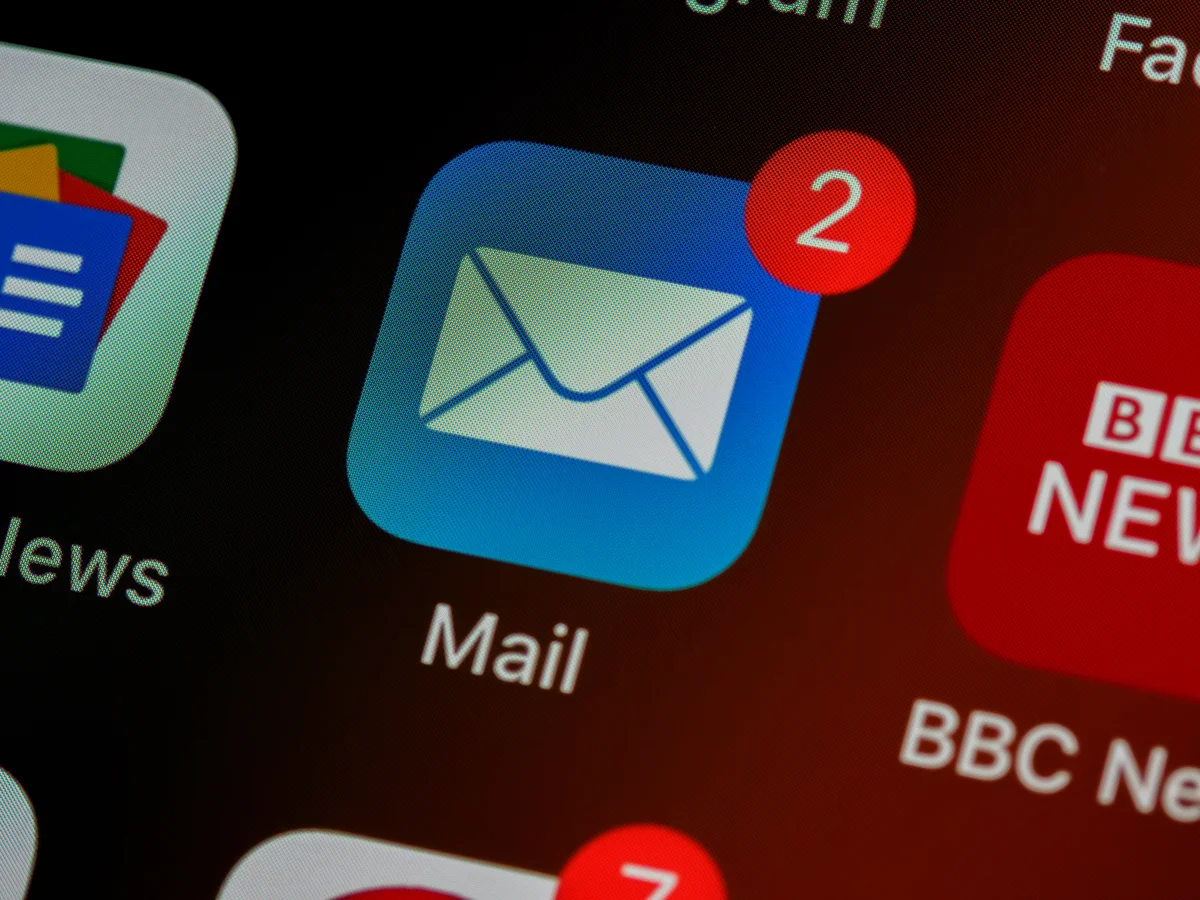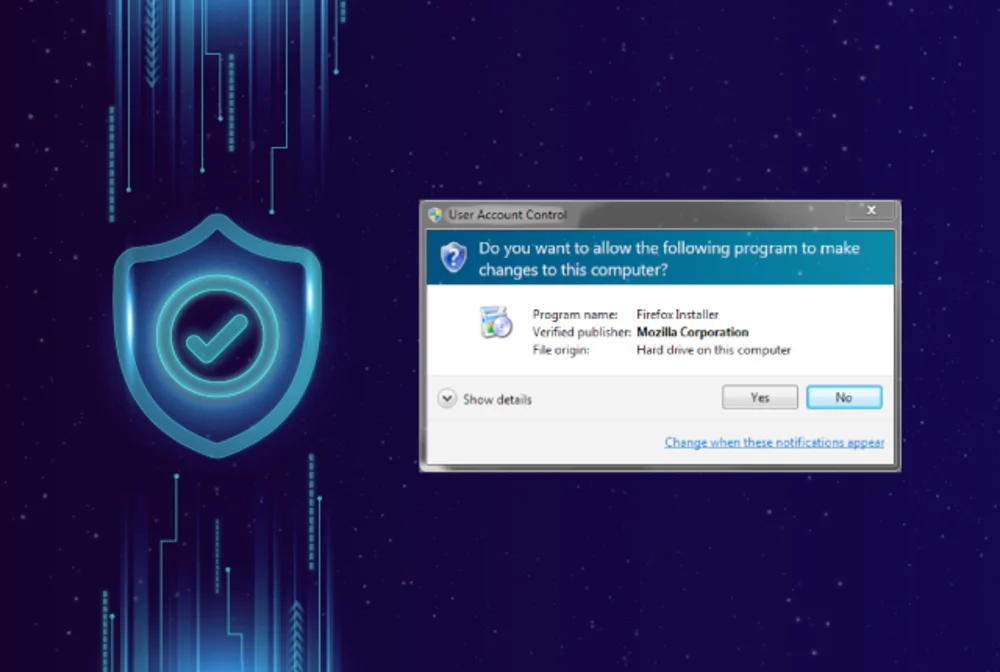Why Personalized Emails are So Effective in Today’s Business World
Even in this era of chatbots and text communication, good old email should not be neglected as a means of reaching out to potential customers. Statista reported 3.9 billion global users of email in 2019, predicting that this would reach 4.3 billion by 2025, equivalent to 50% of the global population. That’s a vast potential audience.
Hubspot’s State of Marketing Report 2021 revealed that 78% of marketers saw an increase in email engagement over the previous 12 months. In part, this may be due to the significant shift to home working for many employees, but email is still a successful way of reaching new customers and clients at scale.
However, generic cold emails won’t cut it. The average open rate of all emails is a little over 20%, according to MailChimp, but this can increase by 50% with personalization. So why should something as simple as personalizing a cold email with a couple of recipient-specific details make such a difference?
Why Personalized Cold Emails?
1: It creates intimacy. Even the most marketing-savvy client can’t help but be more affected by an email address by name, with a personalized opening line, than by yet another “dear colleague”. Studies using fMRI scanners have even shown that hearing one’s own name creates a very specific brain signature, lighting up areas of the left hemisphere. It’s likely that something similar happens when you read your name in a salutation.
2: It demonstrates effort. When you’ve taken the time to know at least something about your potential customers, it shows that you aren’t blindly spamming thousands of potential customers. You have pre-selected a sub-set of addressees to approach, and that takes time and effort. Potential clients like to feel they are valued; personalization helps towards that aim.
3: It demonstrates knowledge. Related to the above point, but subtly different, is that your personalized email shows you really know who you are sending your communications to. For instance, by referencing something about a client’s company in your B2B email, you can show that you have shortlisted them from a larger pool and that this email has been sent “by hand” and not because of a purely automated process.
4: It defeats spam-filters. One red flag that mail server spam filters look for is a generic header such as “dear colleague” or “dear friend”. In additional, sending a large volume of identical emails will get your emails flagged as well. By changing enough of the content of each email, more of them will bypass the gatekeepers we all rely on to filter our inboxes.
5: It helps you know your clients. When you actively research your leads, you’ll be gleaning valuable insights into your customer base. It’s fine to employ algorithms and machine learning to better target your marketing communications but there’s no substitute for your sales and marketing staff getting to know the people their communications are reaching.
What Exactly is Email Personalization?
Firstly, you don’t have to lovingly handcraft every individual email. Nobody has the time for that, and your potential clients won’t expect it, in any case. Email personalization is simply incorporating key facts about the recipient to let them know that you’ve taken the time to get to know a little about them, and are confident that your product or service will be of interest to them.
Let’s look at a generic email opener, and then a personalized version.
GENERIC:
Dear colleague
With the end of quarter fast approaching, have you considered making your budget reconciliation easier with a software solution that puts you fully in charge?
While this might be a reasonably good one-liner introduction to a SaaS product, its so bland and generic that there’s nothing to pique a reader’s curiosity. “Dear Colleague” indicates this message has been mass-mailed to a database of prospects, and that you don’t even know the job title, name, or seniority of the person you’re addressing.
PERSONALIZED:
Dear Tony,
Congratulations on your acquisition of Zzzapp. I loved what you wrote in your blog “design is the way we communicate our brand values to the world.” That’s so true.
Now that the end of quarter is fast approaching, have you considered making your budget reconciliation easier with a software solution that puts you fully in charge?
While the second part of this email opener is very similar, the opening line refers to the potential client by name, demonstrates you know something about their corporate history and agrees with a sentiment expressed in their blog. You’ve already made three possible points of connection, even if the rest of the email remains fully generic.
To get these email openers, companies have staff research key information about each prospect, then create a spreadsheet with the key fields that will filter into a generic text, i.e.
Dear [firstname]
[opener]
Then the body of the generic content.
You might also consider a personalized subject header including the recipient’s first name and/or a closing line, also using their name, in conjunction with the Call to Action (CTA).
The Takeaway
Personalized emails take a little more time and effort but stand a much better chance of dodging spam filters and recipient indifference. The best-personalized emails create a genuine connection and result in a higher conversion rate than generic emails.




